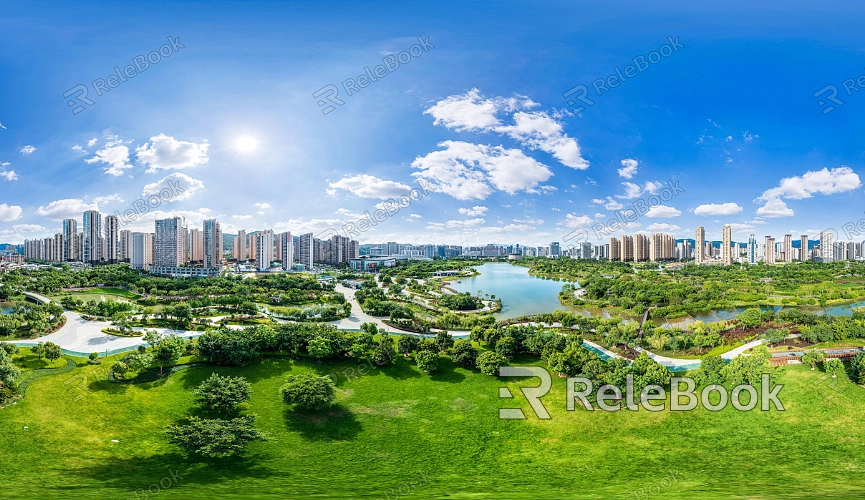What Formats Are Available for Country Scene HDR Environment Textures?
In the process of modeling and rendering 3D country scenes, HDR environment textures can provide more realistic lighting effects, making the final renderings more engaging and detailed. However, different HDR texture formats come with varying compatibility and performance characteristics. This article explores the available HDR environment texture formats for country scenes, the commonly used 3D software, and their application scenarios, helping designers select the appropriate texture format.

1. Basic Concepts of HDR Environment Textures
Definition of HDR Environment Textures: HDR textures are images that capture a broader range of brightness levels in a scene, typically used to provide more natural lighting effects.
Usage Scenarios: In country scenes, various lighting conditions such as sunrise, sunset, and overcast skies can be rendered more realistically using HDR technology.
2. Common HDR Formats
Radiance HDR (.hdr): This is one of the most widely used HDR formats across various 3D software applications. It supports a large dynamic range and rich color depth, making it suitable for complex lighting simulations.
OpenEXR (.exr): Commonly used in visual effects and animation, this format can store multiple channels of information and supports high dynamic range, making it ideal for color-critical scenes.
Cube Map (.cub or .cube): Typically used for panoramic environment textures, this format can create a 360-degree visual effect in a 3D scene, ideal for country scenes requiring multi-angle lighting.

3. Criteria for Selecting HDR Textures
Compatibility: When choosing HDR environment textures, ensure that the selected format is compatible with the software being used. Programs like Blender, 3ds Max, and Maya have varying levels of support for different formats.
Dynamic Range: Depending on the project's needs, choose a format that supports a wide dynamic range to ensure realistic and nuanced lighting effects.
File Size: To optimize performance and loading times, select HDR textures of appropriate file sizes to avoid unnecessary performance degradation.
4. Practical Application Tips
Optimize Texture Settings: When importing HDR textures into software, adjust the resolution and tiling settings appropriately to achieve the best rendering results.
Test Different Formats: In actual projects, testing various HDR formats can help identify the most suitable option for specific scenes.
Incorporate Post-Processing: Using post-processing software for optimization can further enhance the performance of HDR textures, adding depth and realism to the scene.
5. Application Examples
Case Study 1: Country Sunset Scene: When rendering a country sunset, using Radiance HDR format can yield rich color variations, enhancing the warmth of the scene.
Case Study 2: Panoramic Country Environment: By utilizing Cube Map format, designers can create a panoramic country environment, allowing viewers to experience the natural atmosphere from a 360-degree perspective.
Through this analysis, designers can gain a deeper understanding of the available HDR environment texture formats and their characteristics. Each format has its strengths across different software and scenarios, helping designers achieve more realistic rendering outcomes.
If you're looking for more resources on HDR environment textures, such as high-quality HDR images, 3D textures, SketchUp models, or 3ds Max models, Relebook offers a wide range of options to assist you in achieving outstanding visual results in your projects.

